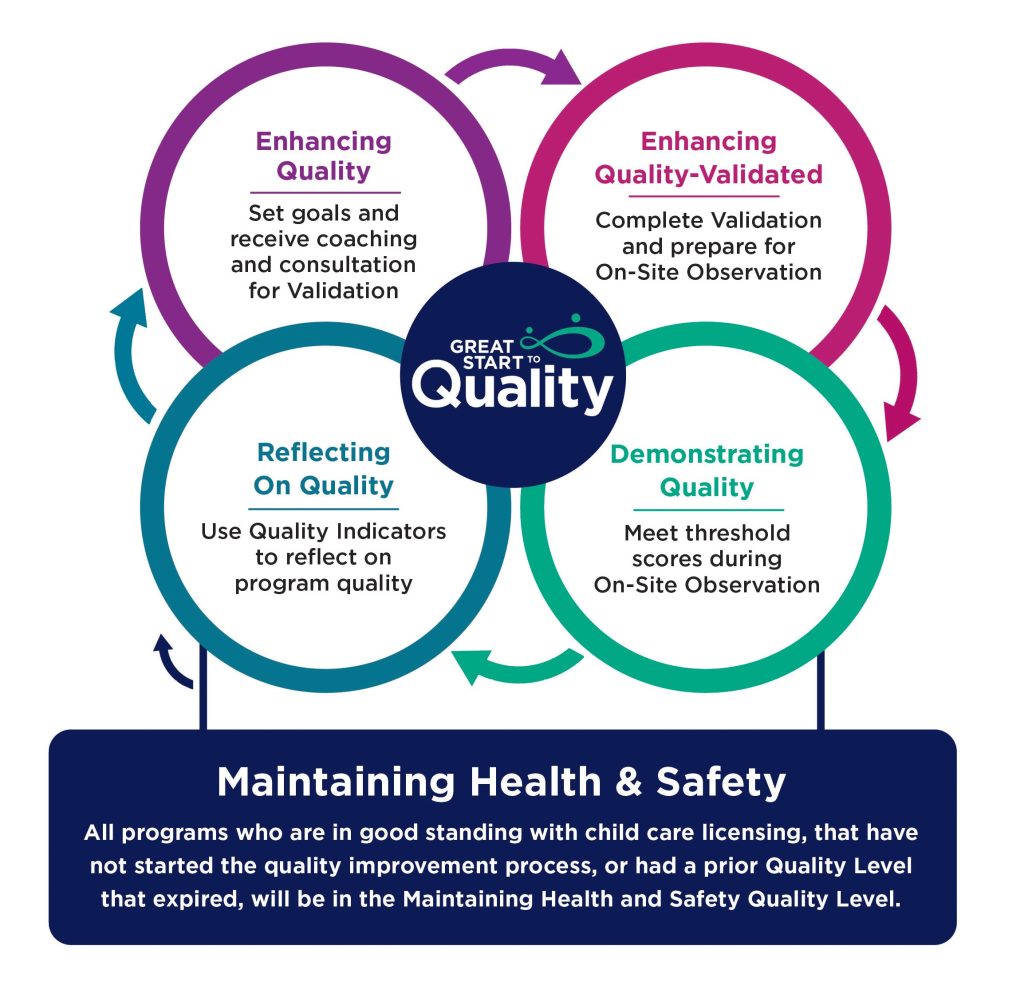
Demonstrating Quality
What it Means
Programs that have reached Demonstrating Quality have received an On-Site Observation from a trained and reliable Great Start to Quality Assessor or Approved Assessor and have met the threshold scores for the age-appropriate tool for the entire program or for every classroom.
Programs may have options for the On-Site Observation tools used, depending on ages served, program type, and program offering.

Why it’s Important
The results of on-site observations, that are conducted by objective observers, gives programs another tool to reflect on program quality improvement. The tools used for Great Start to Quality are research-based and used in many other states; some internationally.
If a program receives an On-Site Observation and does not meet the threshold scores, it simply maintains the Enhancing Quality-Validated level and can be supported by Quality Improvement Coaches to create goals based on the results.
How to Receive an On-Site Observation
A program is eligible for an On-Site Observation once it completes an application and has a validated Self-Reflection.
Quality Improvement Continues
While Demonstrating Quality may seem like the highest level of quality in the improvement process, quality improvement is a continuous cycle and programs are encouraged to makes goals in the Quality Improvement Plan any time.


 Effective February 25, 2024, Michigan has removed the requirement to work with the Office of Child Support to receive help paying for child care. Check to see if you are now eligible!
Effective February 25, 2024, Michigan has removed the requirement to work with the Office of Child Support to receive help paying for child care. Check to see if you are now eligible!